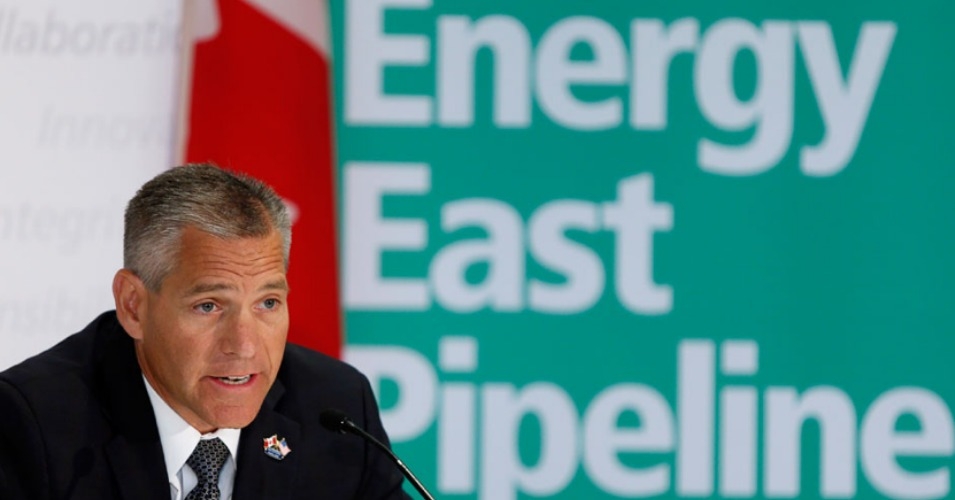Years ago I read The Pinball Effect: How Renaissance Water Gardens Made the Carburetor Possible, by James Burke, about the origins and evolution of innovation and invention. Burke chronicles the unlikely connections that led from a wet clothesline in France to the permanent wave, which in turn spurred concentration on the borax mines of Death Valley and eventually spread a fungus via Yankee Clipper that caused death and destruction in Ireland.
Each event or discovery led to a reaction, good or bad, which led to new discovery or a change of policy. England, for instance, decided belatedly to repeal a ban on foreign shipping in order to bring corn, wheat and other aid to the starving Irish, sadly, only after half the population had died or emigrated.
Across the globe, a reaction to the high cost of finite fossil fuels and the threat of catastrophic climate change has brought renewable energy to the forefront of research, development and investment. How to deploy that renewable energy efficiently is also the subject of much research and debate owing to the physics and complicated limitations of the electrical grid itself.
One such method of efficiently managing power is to develop ‘microgrids’. An example of a microgrid is when a large energy user like a school or hospital installs a CHP (combined heat and power) generator and the unused heat is piped to surrounding neighborhoods to heat homes.
Also termed district or neighborhood energy, microgrids are being widely implemented in Europe with the addition of renewable energy including solar and wind. In Minnesota, the small non-profit District Energy St Paul operates a hot water heating system through the downtown Saint Paul area. The heat from the pipes delivering the water is used to keep buildings warm and is heated by a CHP generator burning clean wood waste.
Microgrids allow for more appropriate load matching between generator output and demand. Smaller grids also allow for storage solutions of unused power that cannot be handled at a centralized generation or macrogrid level.
Another technological innovation inspired by the push toward decentralizing power and microgrids is in wind turbines. In May, 2005, a feasibility study was published in the UK evaluating the merits of building mounted or integrated wind turbines. The study, funded in part by The Carbon Trust, measured wind patterns in urban areas and determined as wind travels over a building, hillside or other obstruction there is a velocity gain of 180%. Since the power of the wind is proportional to the cube of the velocity this gain can mean significant increases in power.
This enhanced rooftop wind brings with it several enhanced wind gradients, in other words, turbulence. Turbulence is the bane of the traditional open bladed wind turbines we have become accustomed to seeing. Turbulence is one reason that turbines are mounted high up to place them in the path of more laminar airflow.
Turbulence and variable wind speeds determine whether a turbine is making power or whether the props are feathered to ‘turn it off’ to protect the turbine from vibrating apart. Turbulence is very much a part of wind patterns lower to the ground or as coastal Oregon residents know, near the ocean.
The Carbon Trust study determined
“a project that may not have seemed feasible through an initial assessment could be feasible if the turbine was designed to operate in the higher shear velocity at maximum speed-up.â€
The plentiful wind on the Southern Oregon Coast is characterized by gusty and powerful wind shear requiring turbines designed to withstand and capitalize upon those forces.
Several wind turbines now on the market offer the potential to function well in coastal areas. One of these designs I was fortunate enough to be the patent agent for, a ducted fan design is now being installed in California. This turbine is small enough to be mounted on commercial rooftops or in close proximity to homes and farms, can be screened to protect birds, is silent and vibration free and operates at variable wind speeds.
Another turbine, (yes I am tooting my own horn here), is my design and like the ducted fan converts turbulence into energy and offers all the features above. To fully realize the energy potential in the wind with a variable speed turbine, however, requires a high bandwidth generator that can turn on at low wind speeds and stay on at high wind speeds. So I turned to Portland State University to do the heavy lifting, the electrical engineering, on a direct drive generator concept whereby the turbine is a self contained generator.
Perhaps not a carburetor from a Victorian water garden but these innovations and concepts emerged because renewable resources exist and conditions now demand that we stretch our imagination and think out of the box. There is plenty of mature technology to enable the implementation of microgrids and district energy in Oregon.


